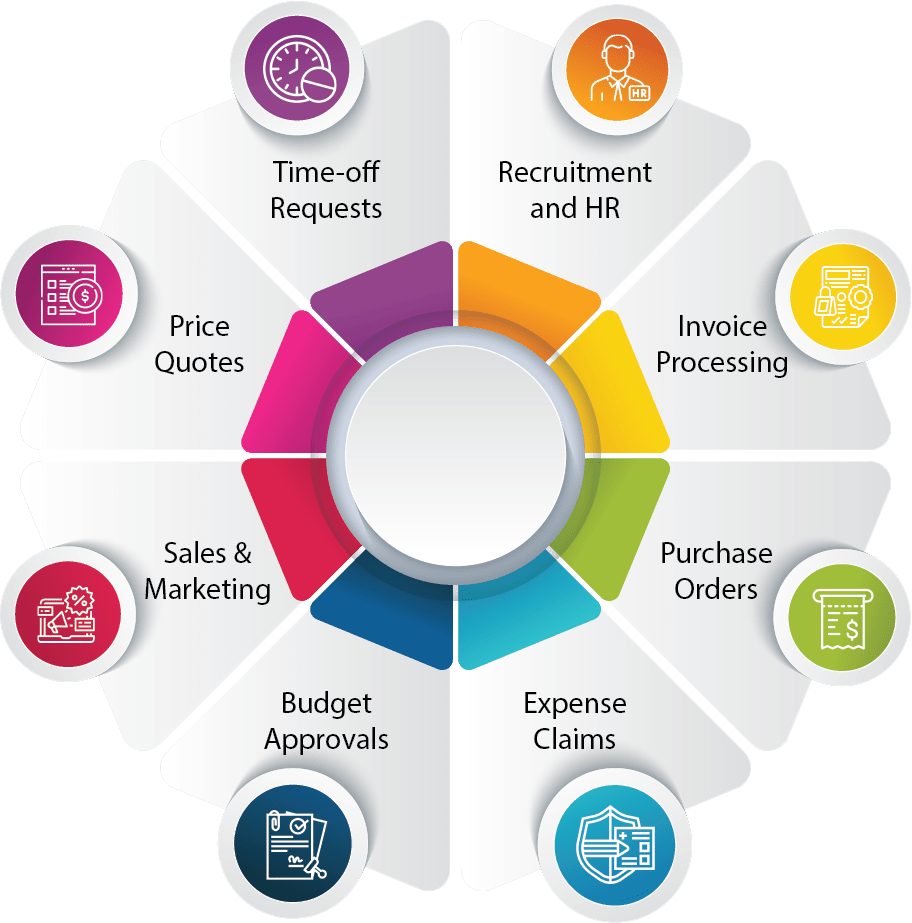
In order to increase productivity, reduce expenses, and maintain smooth operations, business process automation (BPA) automates routine IT activities and business functions. The global BPA market is anticipated to grow at a CAGR of 12.2% to reach USD 19.6 billion by 2026.
Business process automation (BPA) has been widely adopted as a result of a number of causes, such as organisations’ aspirations to move their IT infrastructure to the cloud, enhancing business continuity, and enhancing business operations.
This blog will cover business process automation, including its advantages and applications.
BUSINESS PROCESS AUTOMATION
A software that automates and simplifies company operations is known as business process automation. It is used to speed up regular procedures and lower their cost, to assist businesses deliver better customer service, to increase the precision with which business processes are carried out, and to improve the quality of data.
BENEFITS OF BPA
The most significant advantages of BPA include greater customer service, cost savings, and increased productivity.
In this section, let’s discuss the benefits of BPA
- Reduced Cost
Manually performed business processes consume time and money. It is believed that inefficient business practises cost firms 20 to 30 percent of their annual income. By switching from manual to automated procedures, errors can be reduced and resource usage can be improved.
- Improve Customer Satisfaction
Business process automation not only benefits you on your end of the deal, but it also impresses customers. Customers will receive dependable and consistent goods and services, and your company’s productivity will increase.
BPA can ensure that you respond to client requests and questions effectively, allowing you to meet their demands more quickly. Through positive word-of-mouth and stronger online reviews. this will assist your business in maintaining a better reputation within your target market.
- Improve Operational Efficiency
You can set up processes that are largely automated using business process automation software, which eliminates the need for you to manually monitor how one activity in the process moves on to the next.
Business process automation streamlines operations and automates processes to decrease the time, effort, and cost needed to execute tasks. Automation helps companies more successfully use best practises since it not only ensures that jobs are finished on time, but also cuts down on errors by lowering the number of steps needed to accomplish an operation.
- Improve Transparency
One of the main benefits of business process automation is the transparency it gives to a system. Every process consists of a number of tasks, and automation gives you clear logs that outline what was done, by whom, and when.
By supplying personalised dashboards, automation can increase the visibility of operations across a company. Multiple processes may easily measure key performance indicators (KPIs), and detailed process performance reports offer important insights into areas that require development. Additionally, automation promotes accountability by increasing process transparency.
- Save Time
Manual activities can take time, especially when errors are made and not corrected. By reducing the amount of manual work you and your staff must perform, business process automation gives you and your staff more time to focus on activities that are truly valuable to your organisation.
Consider the data being manually entered into the claims system by an employee from insurance claim files. Then picture a consumer using an internet portal to complete the same work.
- Improve Quality & Consistency
Automation helps ensure that any operation is handled in the same way, resulting in high quality and consistent performance. Automated processes ensure that your customers expect consistent experience while working with service team.
Consistency of automated processes means that you can rely on the reliability of your business processes and the efficiency of your service team. You can provide your customers with efficient, cost-effective processes while retaining a competitive edge.
- Forecasts and Projections
Making predictions in an earlier, less technologically advanced era is challenging. The people and equipment required at the time to manage processes were insufficient. Data from monitoring processes can be collected through business process automation, and this data can subsequently be used to create forecasts and predictions.
- Increase Accountability
Automation can improve business processes by removing human error and offering a digital audit trail for different areas of your company. You can easily retrieve crucial process metrics via automated systems if you’ve decided to do so (sales, customer service, finance, billing). Additionally, they provide a single perspective where all staff members can access crucial data. Greater transparency for everyone’s actions is provided by this transparency.
- Boost Employee Morale
Organizations often make the mistake of increasing the work shift of its employees to compensate for their short-comings. Many employees nowadays spend the majority of their time on repetitive, manual jobs that don’t provide much value to the business.
You may give your employees more time for high-value activities by automating manual processes. Providing employees with independence and privacy may encourage them to use their innovative and creative thinking. This will boost morale, which will benefit your business greatly.
Key applications of Business Process Automation and implementation steps
Hiring, budget approvals, sales, and marketing are just a few of the operational areas that can be automated with business process automation.


CONCLUSION
Businesses that want to streamline operations, reduce expenses, and boost operational effectiveness have turned to business process automation as a primary tactic. It provides enterprises with a number of advantages, including improved product and service quality, more effective resource management, and increased process flexibility.




